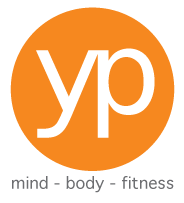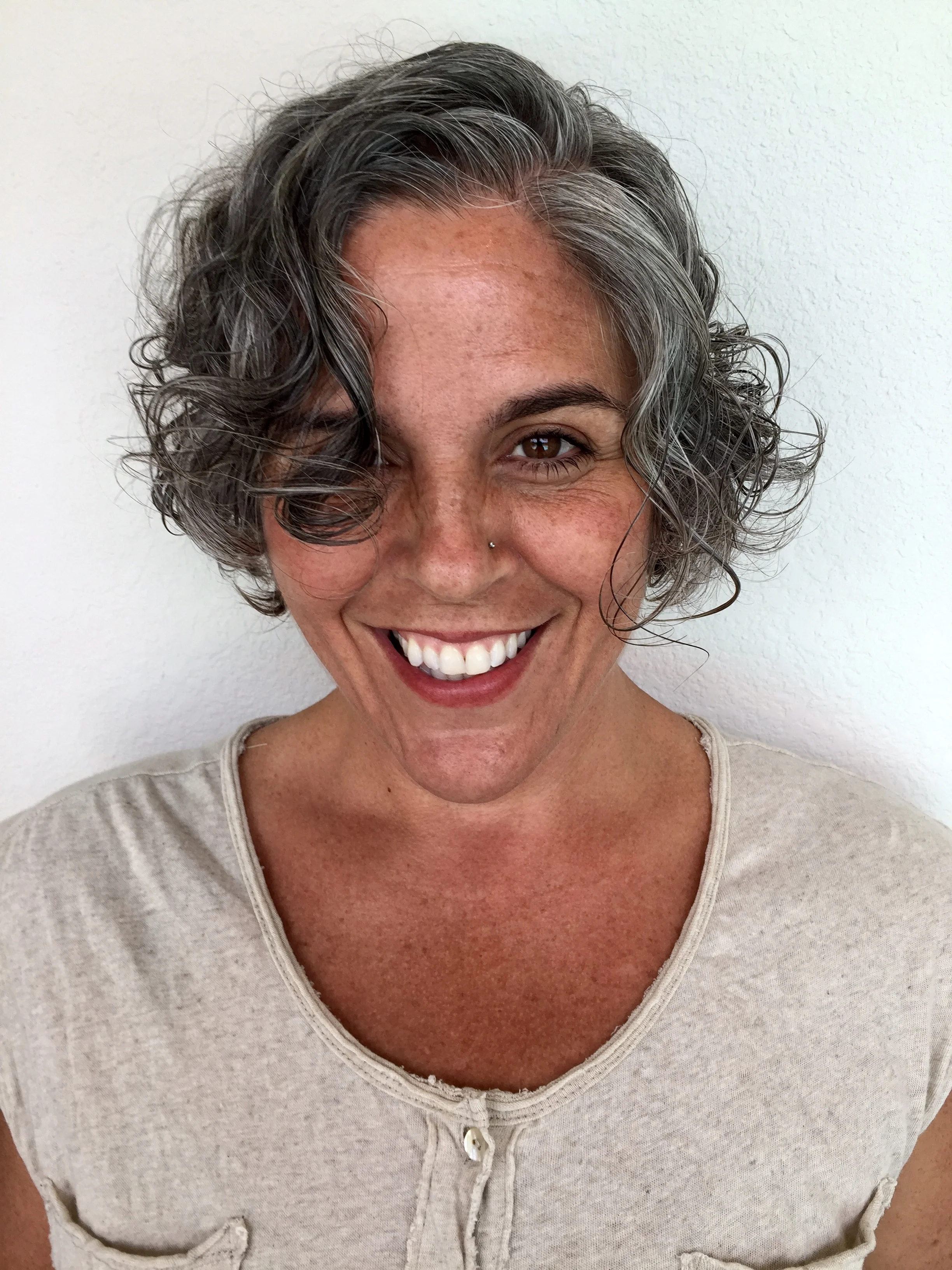Shoulders Rise!
As yoga teachers, sometimes we find ourselves saying things over and over that just flat out don’t make sense. Typically what happens is that a cue might have some validity in certain poses within particular circumstances, but then it unknowingly gets taken way out of context. I admit that I have been totally guilty of this. I used to feel horrible or embarrassed when I’d realize that what I’d been saying about X wasn’t quite right. Now I just take it as a sure sign that I am steadily investigating, learning and re-inventing.
I would bet that if you practice yoga in any capacity you have heard, "Reach your arms up high and drop your shoulders away from your ears." How did this get started anyways? I honestly don’t see many people walking around wearing shoulders as earrings (another jazzy phrase we yoga teachers use). Shoulders rounded forward around a collapsed chest is definitely something we all see (and do) often, but this is very different from lifted shoulders.
Where is this cue relevant? Consider a pose like warrior 2 where the arms are not lifted above shoulder level. If shoulders are over-working and lifting upwards, relaxing the shoulders down is a good idea.
Any time the arms are lifted higher than the level of the shoulders it is NOT helpful or bio-mechanically correct to take shoulders down. Here's why. The shoulder complex naturally lifts along with the arm. If we are forcing shoulders down while lifting the arms, compression is being created somewhere between the acromion process and the arm bone. The space between the acromion and the arm bone houses muscles and tendons that can become impinged when compression happens.
Take a look at this photo of the shoulder skeletal complex. Imagine the arm lifting straight forward and up. You can see that the arm bone will catch the acromion at some point, lifting it also. The acromion is a bony process of the shoulder blade; therefore, when it lifts, the shoulder blade lifts.
Look at this picture of the shoulder from behind where the arm is not lifted. Note the position of the shoulder blade.
When the arm is lifted and the shoulder is in flexion, look at how the angle of the shoulder blade and clavicle changes. *picture below
The clavicle or collar bone is connected to the scapula at the acromion; therefore, the scapula and clavicle always move together. One can't lift without the other. You can see that the clavicle/scapula have lifted with the arm bone. When the arm bone lifts, it eventually meets the acromion (part of the scapula) and the entire shoulder complex lifts.
When the arm lifts above the level of the shoulder, the clavicle and scapula will rise. The next time you hear, "Reach your arms up extended mountain pose," let your SHOULDERS RISE! Then smile. This is natural, functional, healthy movement.
Know your body. Embody your practice. Be mindfully aware of what you are feeling from within.
FREE podcast vinyasa yoga classes and meditations with Stacy
Upcoming Trainings & Retreats with Stacy in Bali, Texas & Costa Rica
Anatomy & Physiology for Yoga March 2018
Watch for the upcoming podcast: yoga project talk with Stacy & Dave Dockins coming soon! Do you have yoga related questions to be answered on our first episodes? e-mail stacy@theyogaproject.net
Author: Stacy Dockins, co-owner The Yoga Project Studios, co-owner Free Life People School of Yoga, Instructor Edx.org: Being Well in a Digital Age: The Science & Practice of Yoga





